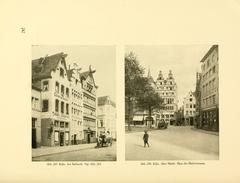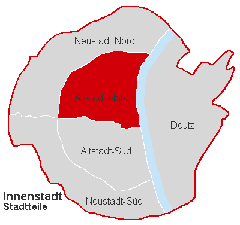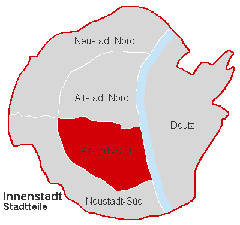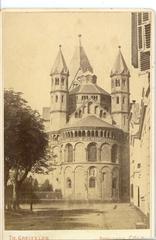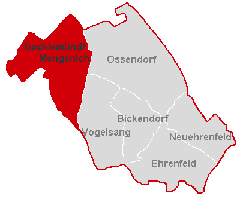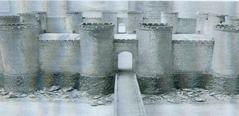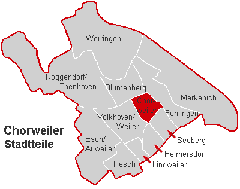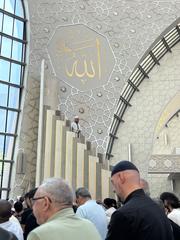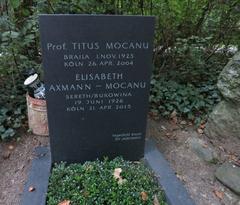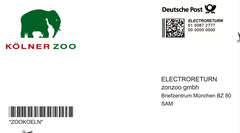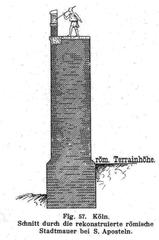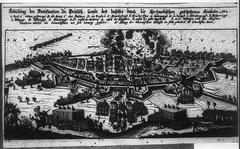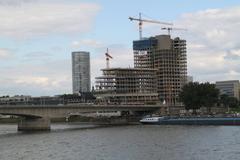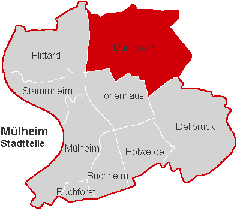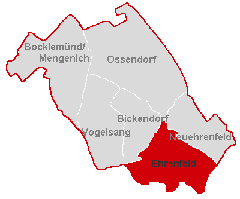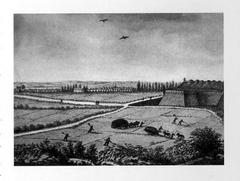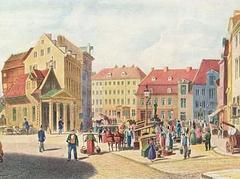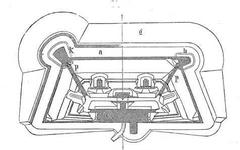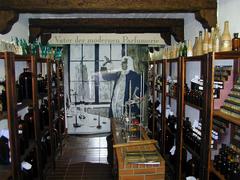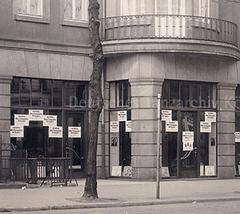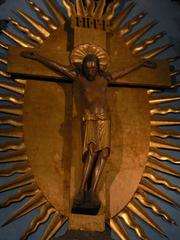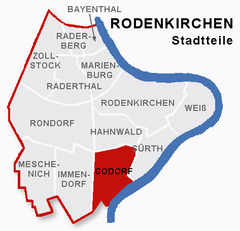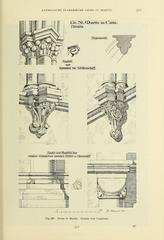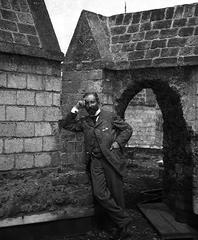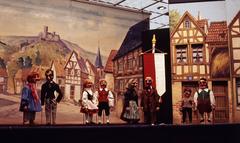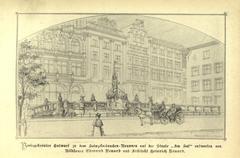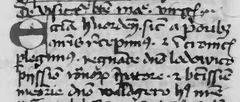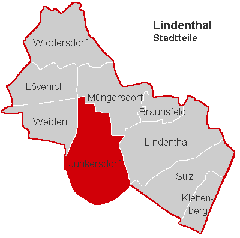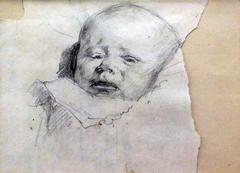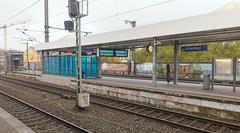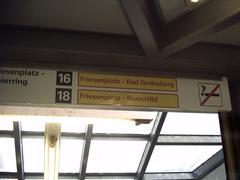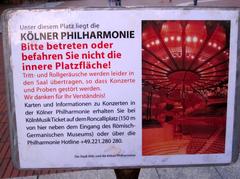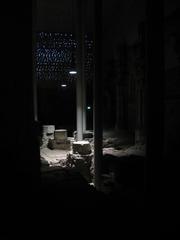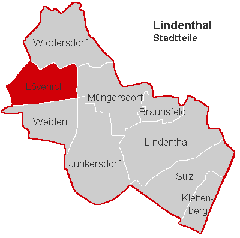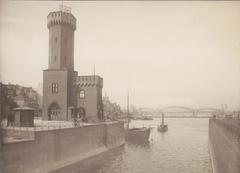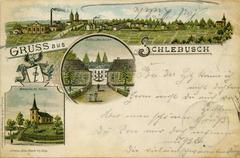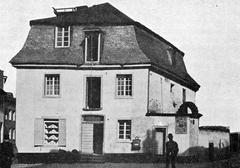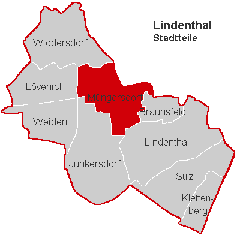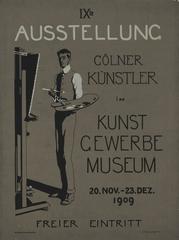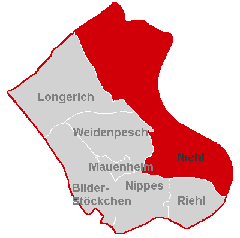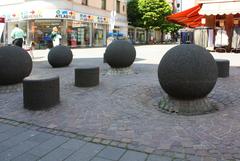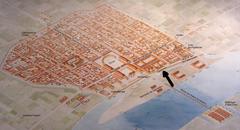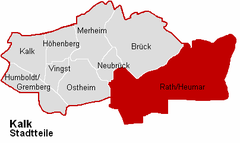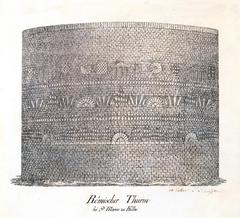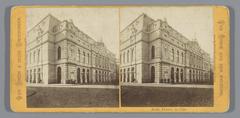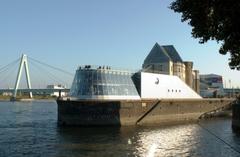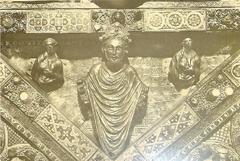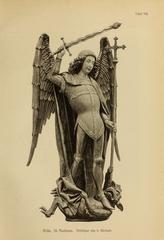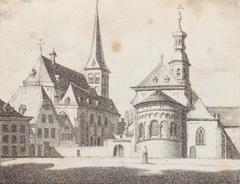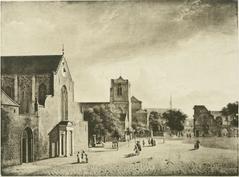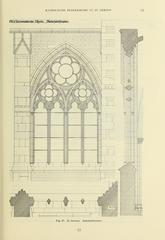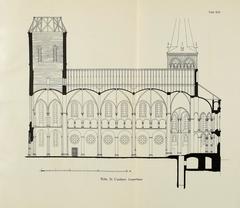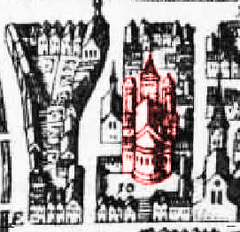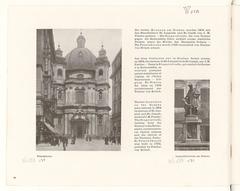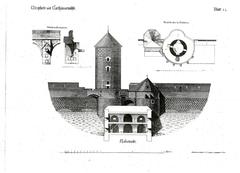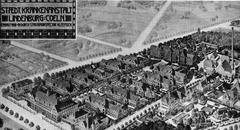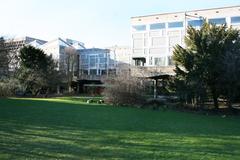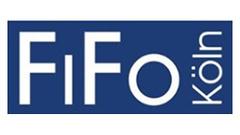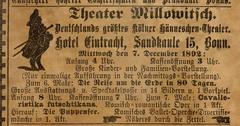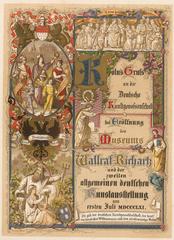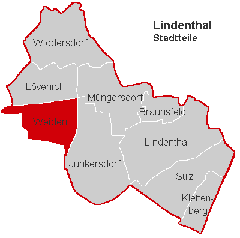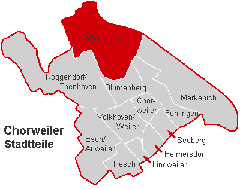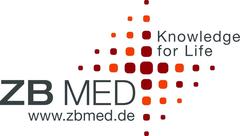Museum für Ostasiatische Kunst Visiting Guide: Hours, Tickets, History & Tips
Date: 25/07/2024
Introduction
The Museum für Ostasiatische Kunst in Cologne, Germany, stands as a beacon for enthusiasts of East Asian art. Established in 1909 by Adolf Fischer and his wife Frieda Bartdorff, this museum holds the distinction of being the oldest museum dedicated to East Asian art in Europe. Officially opened in 1913, it has since been a significant cultural repository, offering visitors a deep dive into the artistic traditions of China, Japan, and Korea. The museum’s current building, designed by the renowned Japanese architect Kunio Maekawa, harmoniously blends East Asian and modern architectural styles, enhancing the visitor experience (Museum für Ostasiatische Kunst).
The museum boasts a diverse collection that spans various mediums and historical periods, from intricate Japanese woodblock prints to delicate Chinese porcelain. Notable exhibitions like ‘Bizarre Schönheiten’ and ‘Art in the Limelight!’ highlight unique aspects of East Asian art, while the serene Japanese garden designed by Masayuki Nagare offers a tranquil space for reflection. Additionally, the museum is committed to cultural exchange and education through guided tours, workshops, and collaboration with educational institutions (Museum für Ostasiatische Kunst).
Table of Contents
- Introduction
- History and Significance
- Collections and Exhibits
- Cultural and Educational Impact
- Special Exhibitions and Events
- The Japanese Garden
- Visitor Information
- Frequently Asked Questions
- Conclusion
History and Significance
Founding and Early Years
The museum was founded by Adolf Fischer and his wife Frieda Bartdorff, passionate collectors of East Asian art. Their extensive collection became the foundation for the museum’s initial exhibits, establishing it as a significant cultural repository in Europe.
Architectural Significance
The current building, designed by renowned Japanese architect Kunio Maekawa, blends East Asian and modern architectural styles. Maekawa, a disciple of Le Corbusier, incorporated East Asian aesthetic principles, creating a harmonious space that enhances the visitor’s experience.
Collections and Exhibits
The museum’s collection spans a wide range of artistic mediums and historical periods, including Buddhist paintings, Japanese screen paintings, color woodcuts, lacquer work, porcelain, and ceramics from the Bronze Age to the 19th century. Highlights include intricate Japanese woodblock prints and delicate Chinese porcelain.
One notable highlight is the collection of Japanese screen paintings, celebrated for their exquisite detail and vibrant colors, depicting scenes from nature or historical events.
Cultural and Educational Impact
The Museum für Ostasiatische Kunst promotes cultural exchange and education through guided tours, workshops, and lectures. It also collaborates with educational institutions to offer programs for school groups, cultivating interest in East Asian art among younger generations.
Special Exhibitions and Events
The museum regularly hosts special exhibitions. Notable examples include “Bizarre Schönheiten,” which features bizarrely shaped stones valued in Chinese gardens since the Tang Dynasty, and “Art in the Limelight!” which focuses on Alfred Salmony, the museum’s first deputy director during the Weimar Republic.
The Japanese Garden
An integral part of the museum is its Japanese garden, designed by sculptor Masayuki Nagare. This serene space offers contemplation and reflection, embodying Japanese garden design principles.
Visitor Information
Accessibility and Location
The museum is committed to accessibility, with barrier-free exhibition spaces and facilities. Located at Universitätsstraße 100, 50674 Köln, it is easily accessible by public transport, with bus and tram stops nearby. Car parking is available in front of the museum.
Admission and Visiting Hours
The museum is open from Tuesday to Sunday, 11 a.m. to 5 p.m., and extends its hours until 10 p.m. on the first Thursday of each month. It is closed on Mondays. Admission fees are €6 for adults and €3.50 for concessions. Children up to 6 years, Cologne residents up to 18 years, students (including two teachers per group), holders of the KölnPass, and Cologne residents on their birthday enjoy free admission. On the first Thursday of each month, Cologne residents receive free admission to the permanent collection and reduced admission to special exhibitions.
Frequently Asked Questions
What are the visiting hours?
The museum is open Tuesday to Sunday, 11 a.m. to 5 p.m., and until 10 p.m. on the first Thursday of each month.
How much are the tickets?
Admission fees are €6 for adults and €3.50 for concessions. Free admission is available for children up to 6 years, Cologne residents up to 18 years, students, holders of the KölnPass, and Cologne residents on their birthday.
Are there guided tours available?
Yes, the museum offers guided tours, workshops, and lectures for deeper insights into East Asian art and culture.
Conclusion
The Museum für Ostasiatische Kunst in Cologne is a beacon of cultural exchange and education, offering visitors a unique opportunity to explore the rich artistic traditions of East Asia. With its extensive collections, special exhibitions, and educational programs, it stands as a must-visit destination for anyone interested in East Asian art. For more updates, follow the museum on social media or download the mobile app Audiala (Museum für Ostasiatische Kunst).
References
- Museum für Ostasiatische Kunst, 2024, https://museum-fuer-ostasiatische-kunst.de/Information_e
